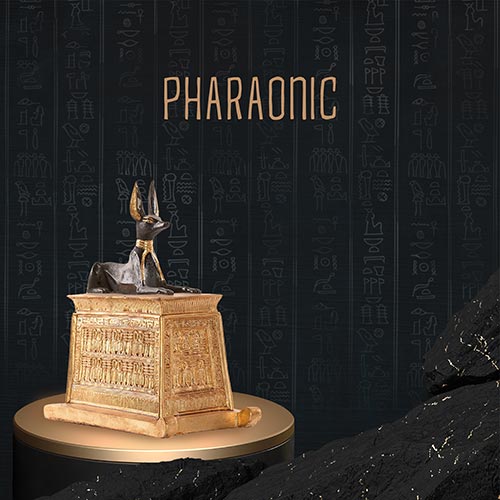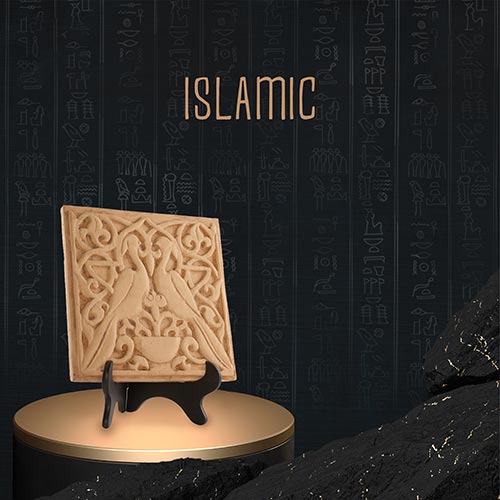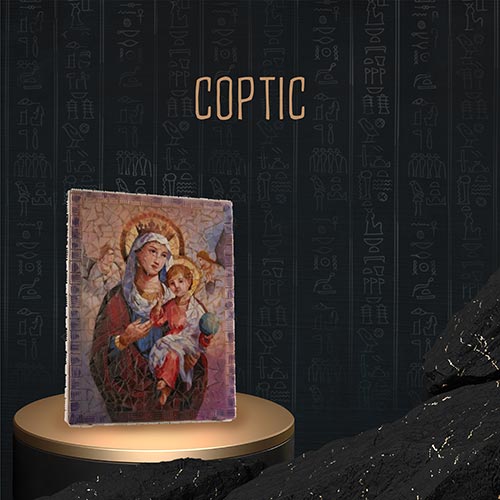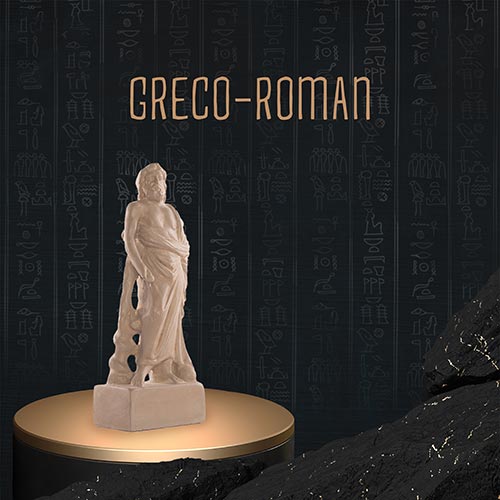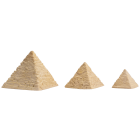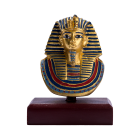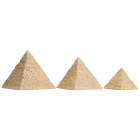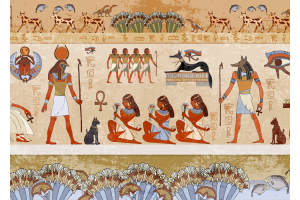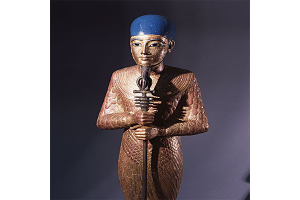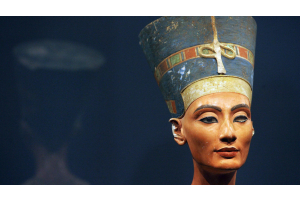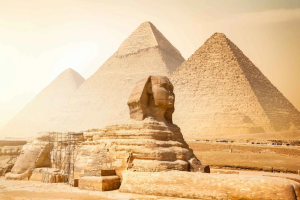
Have you ever wondered about the secrets of the Sphinx and the Great Pyramids of Giza, the only remaining wonders of the ancient world? These ancient monuments have captivated the people's imagination for a long time. But did you know that the Sphinx and Giza Pyramids were once physically connected? Join us to discover the untold stories and hidden marvels of these ancient engineering wonders.
The Pyramids of Giza Art and Archaeology
The Giza Plateau housed the iconic pyramids of Khufu, Khafre, and Menkaure for over 4,500 years. These huge structures testify to the creativity of ancient Egyptian architects. The pyramids were built not only as tombs, but as monumental gateways to the afterlife, and their purpose was to protect the pharaohs' journey into eternity.
The scale of their construction is staggering: around six million tons of stone were laboriously lifted and placed without modern technology. These enduring giants are not only symbols of ancient Egyptian power and mystery but are also one of the world's most recognizable landmarks.
Unrevealed Secrets about the Pyramids of Giza
A popular theory suggests a connection between the three Giza pyramids and Orion's Belt. Some versions go further, incorporating additional pyramids to match the entire Orion constellation and even suggesting the Nile River reflects the Milky Way.
Once the pyramids gleamed under the sun, their white limestone casings polished to a shimmering brilliance. Time, however, has taken its toll, and these once-lustrous surfaces have worn away.
Khafre's pyramid appears larger than Khufu's, it's simply built on slightly higher ground. Khafre's structure stands out for another reason: it retains some of its original limestone casing. This offers a tantalizing glimpse of the pyramids' former glory, a reminder of their breathtaking beauty and the dazzling sight they would present if fully encased.
Emphasize the Guardianship Role of the Great Sphinx
The Great Sphinx, standing beside the pyramids with the body of a lion and the head of a human. Not assembled piece by piece but was carved from a single limestone block, it is thought to represent the pharaoh Khafre.
Sphinx was likely constructed around 2500 BCE, and measures around 73 meters long from paw to tail, and 20 meters high from the base to the top of the head. At its widest point near the haunches, it is 19 meters wide.
The Great Sphinx is standing as the pyramid's guardian. Placed near the Pyramid of Khafre, it symbolizes royal power and protection, yet its exact purpose remains debated among researchers.
The Connection Between the Pyramids and the Sphinx
Beyond the historical connection between the Sphinx and the Pyramids, there is a belief in their physical connections. Drainage canals and corridors were built to direct runoff and groundwater from the Sphinx's fence to the pyramids.
Also, there is evidence of a raised limestone bench that connected the Sphinx to the nearby Valley Temple of Khafre's pyramid, suggesting symmetry that may have allowed for a ceremonial procession.
Despite centuries of study, the true purpose and significance of the Great Sphinx remains a mystery. Archaeologists and Egyptologists continue to uncover new clues and evidence, striving to unlock the secrets hidden within its ancient form. The mysteries surrounding the pyramids and the Sphinx add to their charm, inviting further exploration and discovery.
As the sun sets over the sands of Egypt, the pyramids of Giza and the Great Sphinx stand as timeless symbols of human achievement and inspire people from around the world. Each stone bears witness to a civilization that flourished millennia ago, leaving behind an indelible mark on history. Yet, amid the grandeur and mystery, the secrets of these ancient wonders endure, inviting future generations to explore, discover, and marvel at the legacy of the pharaohs.

